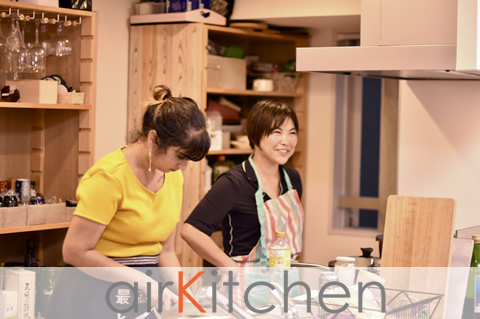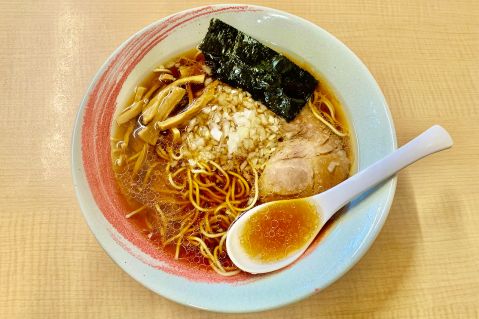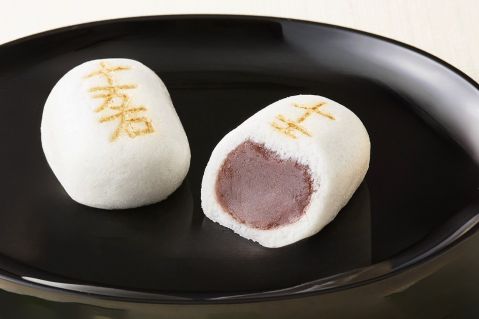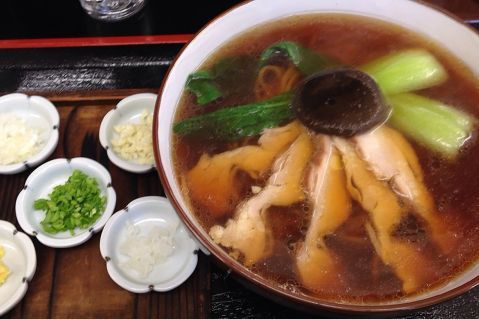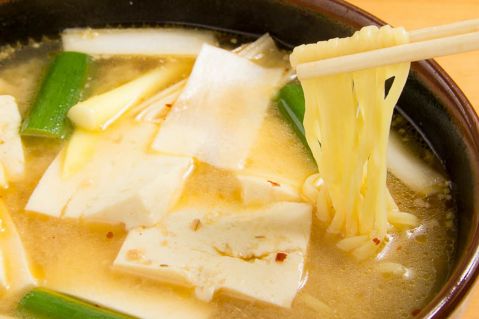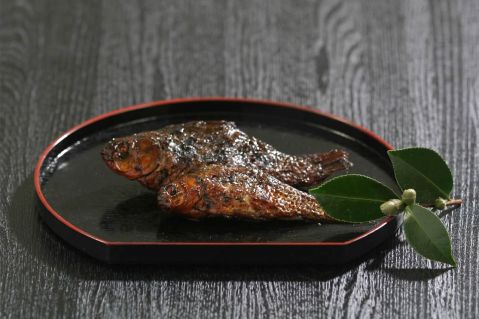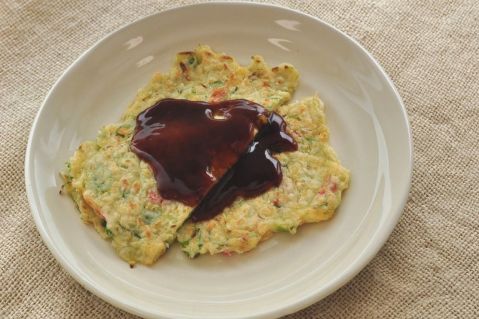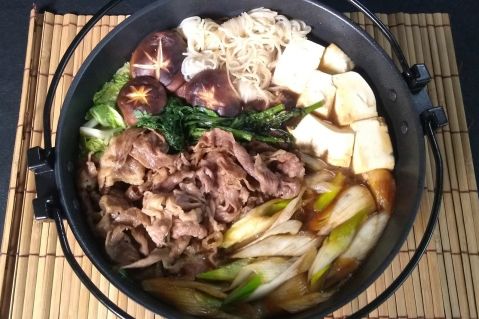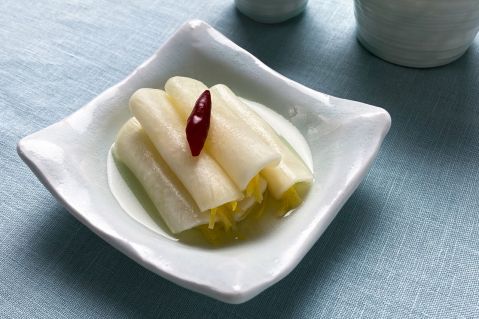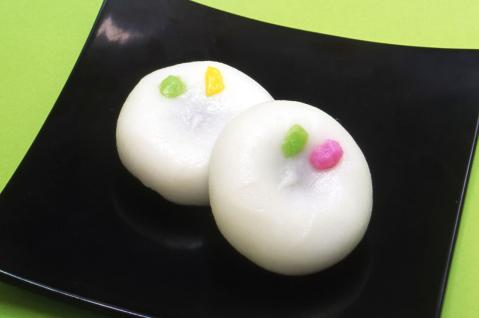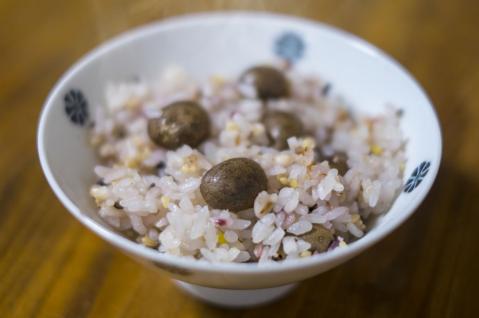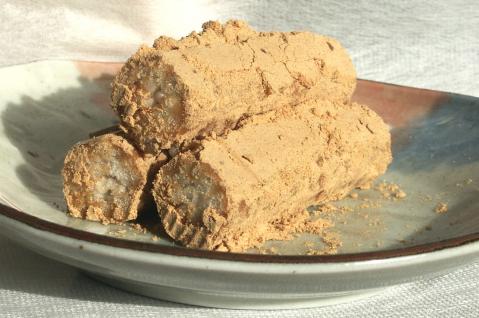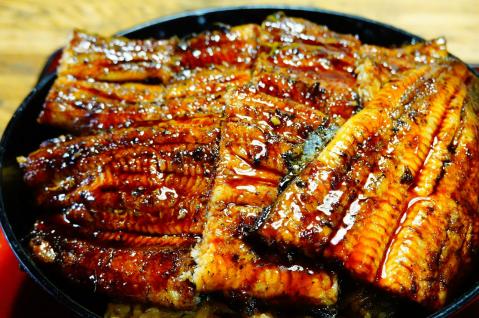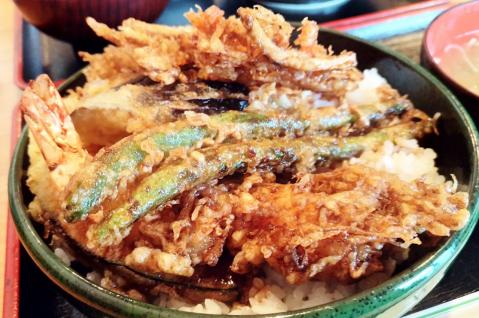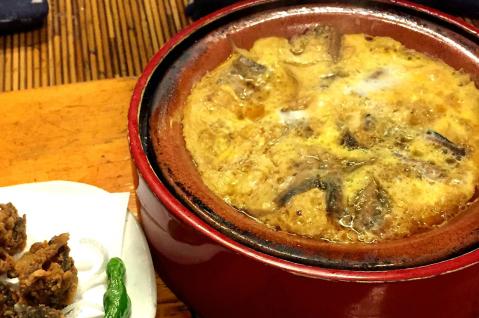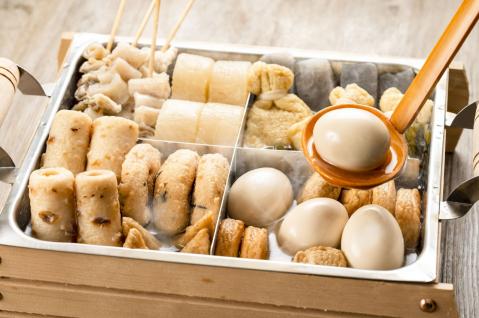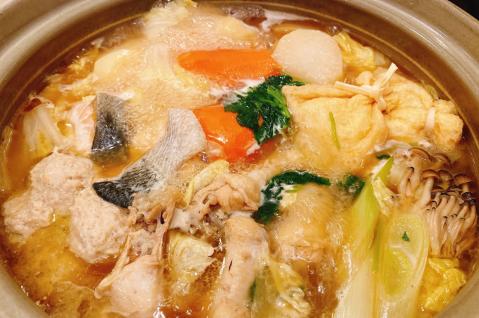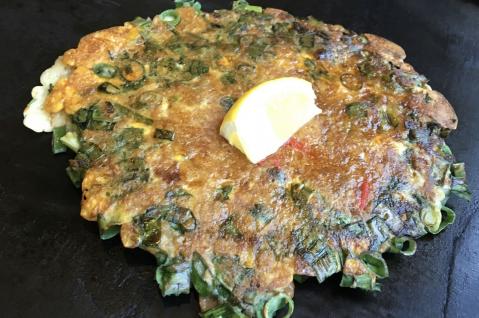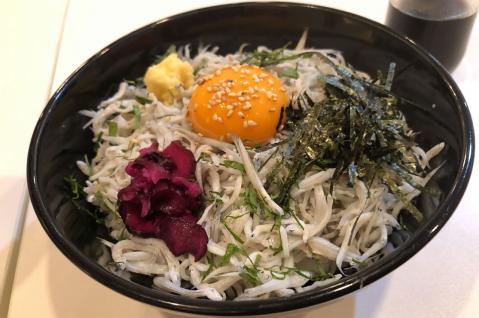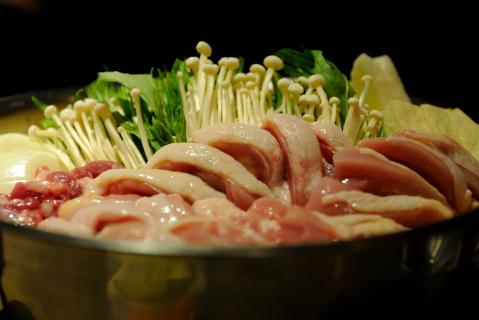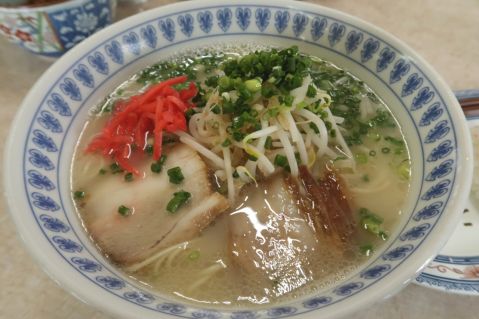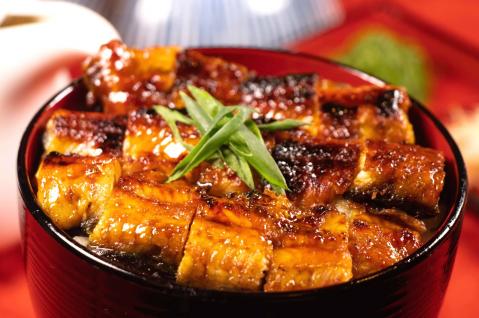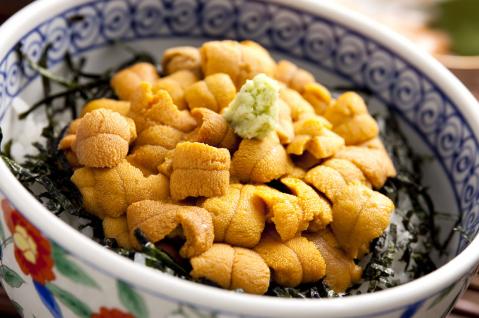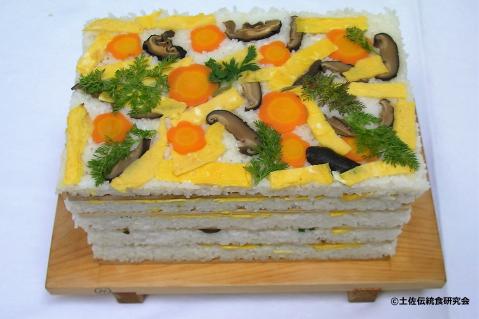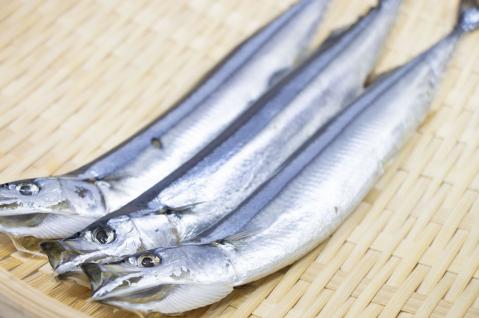Cooking Classes in Japan
airKitchen allows travelers from all around the world to book and experience authentic cooking classes. Chose your best cooking class from 1000+ classes.
Hachioji Ramen
Hachioji Ramen (八王子ラーメン, Hachioji rāmen) is a beloved local specialty of Hachioji City in Tokyo, celebrated for its simple yet unique charm. This d...
Jumangoku Manju
Jumangoku Manju (十万石まんじゅう, Jumangoku manju) is the signature confectionery of Fukusaya, a Japanese sweets shop established in 1952 in Gyoda City, Sai...
Mito Domain Ramen
Mito Domain Ramen (水戸藩ラーメン, Mito Han Ramen) is a local specialty from Mito City in Ibaraki Prefecture. It recreates the ramen believed to have been en...
Tofu Miso Ramen
Tofu Miso Ramen (豆腐みそラーメン, Tofu miso ramen) is a beloved local ramen dish from the northern region of Ibaraki Prefecture. It features chunks of tofu ...
Funa Kanroni (Sweet Glazed Carp)
Funa Kanroni (鮒甘露煮, Sweet Glazed Carp) is a traditional dish from Koga City in Ibaraki Prefecture, cherished by locals since the Edo period. Koga is bles...
Gyuten
Gyuten (ぎゅうてん, Gyuten) is a beloved local dish from Kiryu City in Gunma Prefecture, a region well-known for its thriving wheat production. Originally...
Yuzu Maki
Yuzu Maki (ゆず巻き) is a traditional dish born from the unique culture of Gunma Prefecture's dry winter climate, shaped by the strong, dry "karakkaze" winds...
Shinko Manju
Shinko Manju (しんこまんじゅう) is a traditional sweet made for the Hatsuuma Festival held in February of the lunar calendar at Ippetsuzuka Inari Shrine in T...
Mukago Rice
Mukago Rice (むかごご飯) is a type of seasoned rice cooked with "mukago," which are tiny bulbils that grow at the base of the leaves of plants like Japanese ...
Gokabo
Gokabo (五家宝) is a simple yet nostalgic sweet, characterized by the toasty aroma of roasted soybean flour (kinako). Alongside Soka Senbei rice crackers and...
Narita's Unagi Cuisine
Narita's Omotesando Street, near the historic Naritasan Shinshoji Temple, is a rare "eel town" with a high concentration of unagi specialty restaurants. M...
Tendon (Tempura Rice Bowl)
Tendon (天丼) is a delightful dish combining crispy tempura with rice, generously topped with a sweet and savory sauce. Different from enjoying tempura on it...
Yanagawa Hot Pot
Yanagawa Hot Pot (柳川鍋, Yanagawa nabe) is a traditional hot pot dish from the Edo period, featuring loach fish as its star ingredient. Similar to "Dozeu...
Kanto Oden
Oden, a beloved Japanese hot pot dish, is referred to differently depending on the region. In the Kansai area, it is often called "Kanto-ni" or "Kanto-daki,"...
Chanko Nabe
Ryogoku, known as the heart of sumo wrestling, is home to the famed Ryogoku Kokugikan arena and is revered as the sacred ground of Chanko Nabe (ちゃんこ鍋). ...
Kind of food
Recommended
-
![Negiyaki]()
Negiyaki
Osaka / >Okonomiyaki & Takoyaki -
![Kamakura Shirasu Don]()
Kamakura Shirasu Don
Kanagawa / >Don dish -
![Kamo Nabe (Duck Hot Pot)]()
Kamo Nabe (Duck Hot Pot)
Shiga / >Nabe dish -
![Miyazaki Ramen]()
Miyazaki Ramen
Miyazaki / >Ramen -
![Hitsumabushi]()
Hitsumabushi
Shizuoka / >Don dish -
![Iki Sea Urchin Rice Bowl]()
Iki Sea Urchin Rice Bowl
Nagasaki / >Seafood -
![Kokera Sushi]()
Kokera Sushi
Kochi / >Sushi -
![Whole Dried Pacific Saury]()
Whole Dried Pacific Saury
Mie / >Seafood
